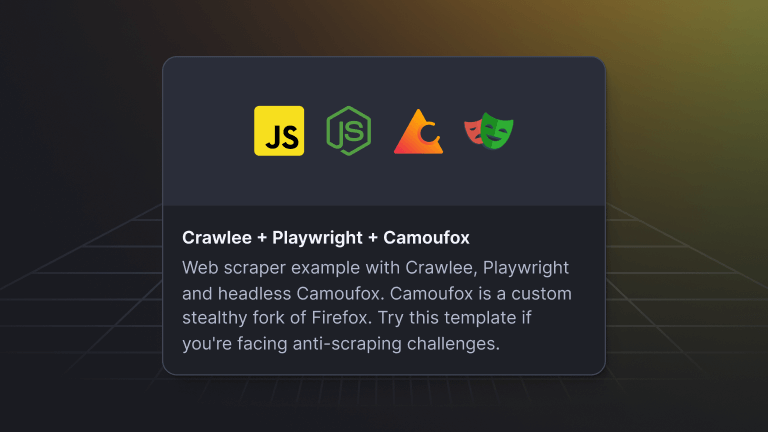The Apify platform is designed for web scraping. Check us out.
Coming across a Cloudflare error 1015 can disrupt your web scraping, but read on to learn how to overcome this hurdle and get on with your data extraction.
What is error 1015 from Cloudflare?
HTTP code error 1015, or "You are being rate limited", is a server-side error normally associated with Cloudflare. Error 1015 most often occurs when your crawler hits a website with too many requests in a short time. This detection triggers Cloudflare's security measures, leading to a denial of access to the website.
The most common causes of Cloudflare 1015 error
- VPN or proxy detection. The website's server identifies incoming connections from VPNs or proxies and interprets them as potential security risks or attempts to circumvent access restrictions.
- Cloudflare security protocols. Cloudflare's security protocols automatically block connections detected as coming from VPNs or proxies to prevent unauthorized access or malicious activity.
How to avoid getting an error 1015 from Cloudflare
1. Use rotating proxies
Once your IP is tainted with rate limiting, there's no going back – you need to get a new one. Rotating residential proxies are even better, as these route your requests through multiple legitimate IP addresses assigned to residential internet users. This can efficiently evade detection by websites and Cloudflare's security measures.
2. Use a different proxy provider
If your current VPN or proxy service is consistently triggering error 1015, consider switching to a different proxy provider with better stealth capabilities or less detectable IP addresses.
How to deal with Cloudflare errors when web scraping?
Each Cloudflare error presents its own set of obstacles for web scraping:
For a detailed step-by-step guide on dealing with Cloudflare, check out our modern guide to bypassing Cloudflare with Crawlee, Playwright, and Camoufox, and find out how we beat it on its own domain.






